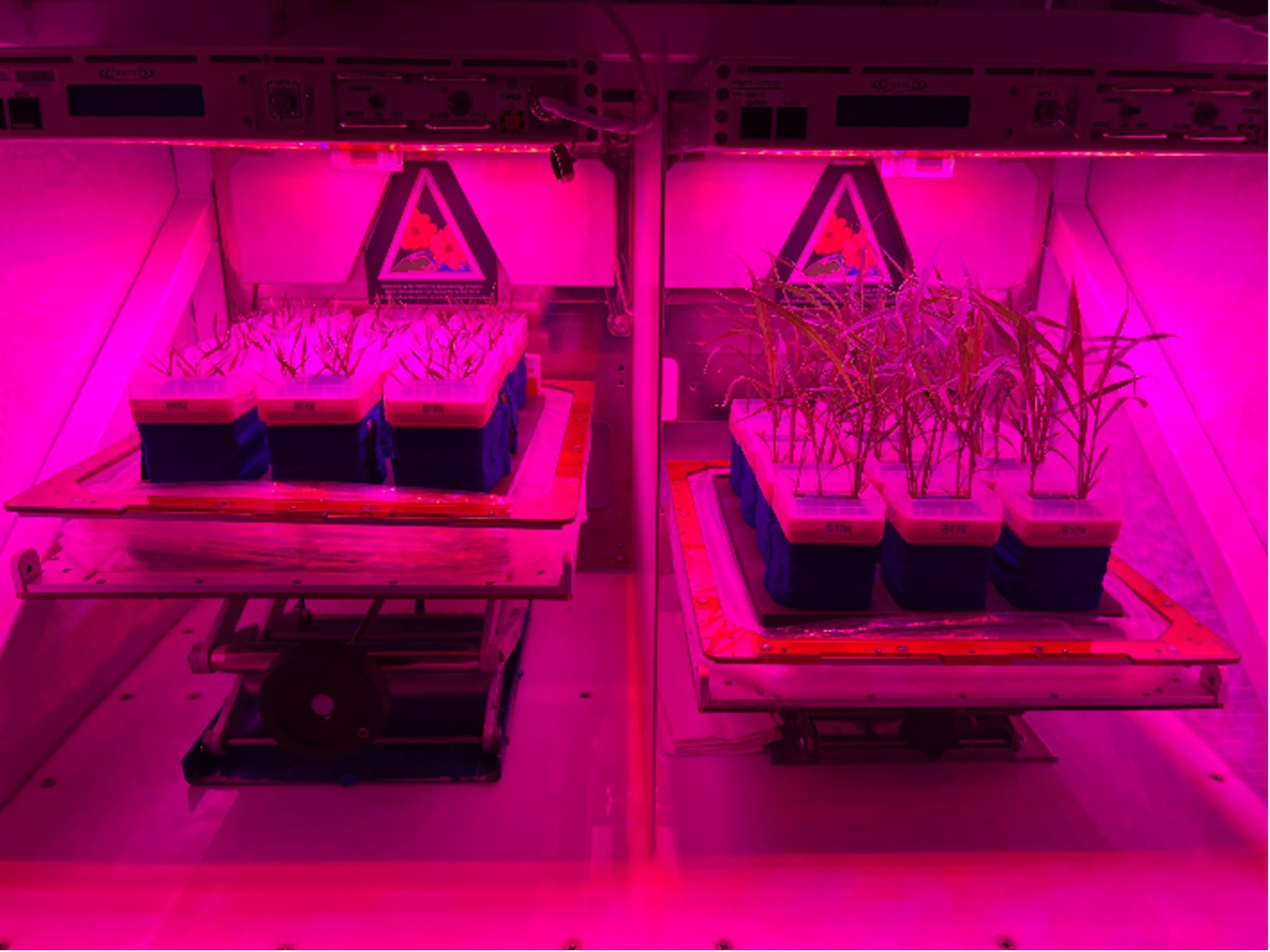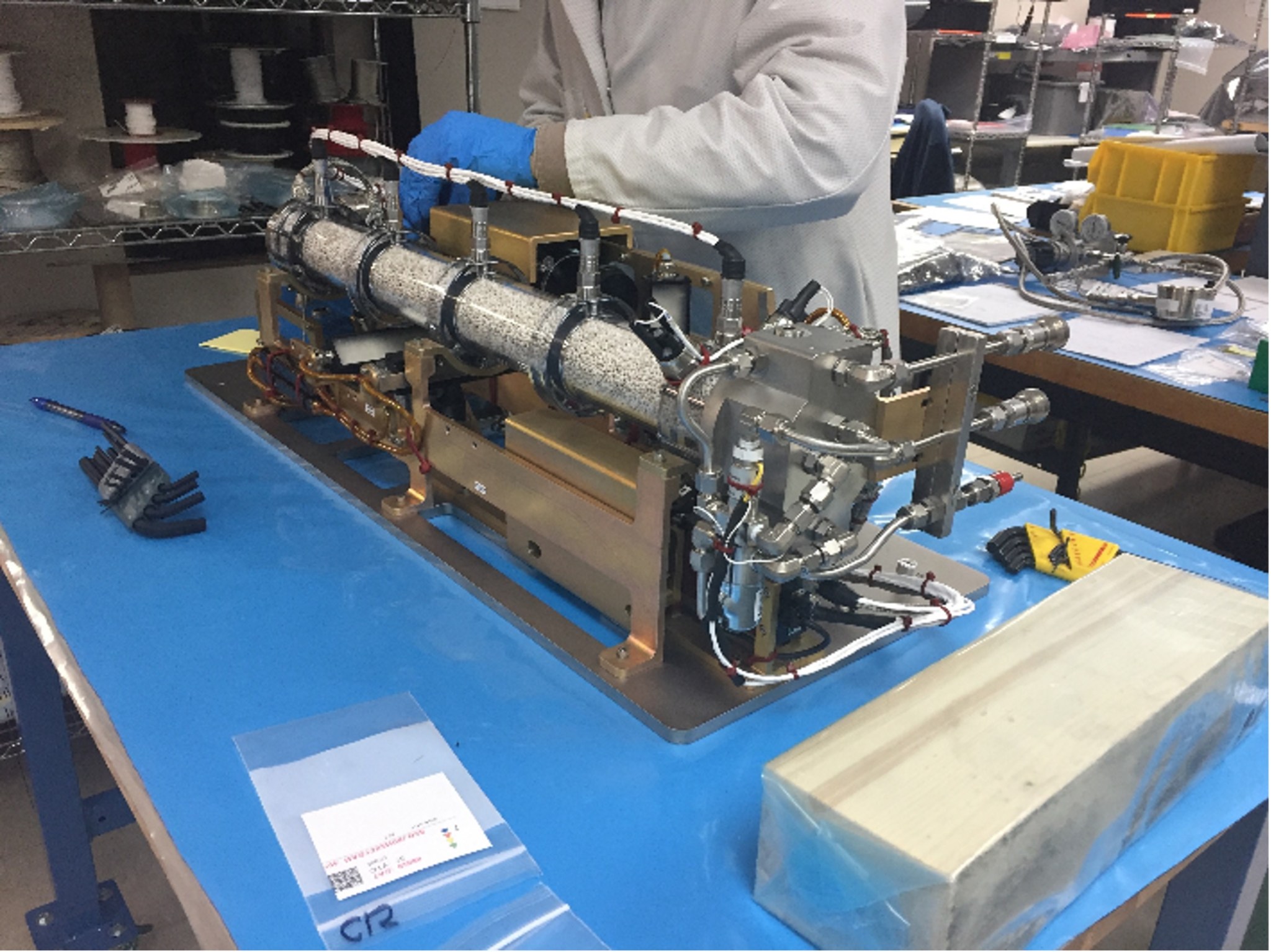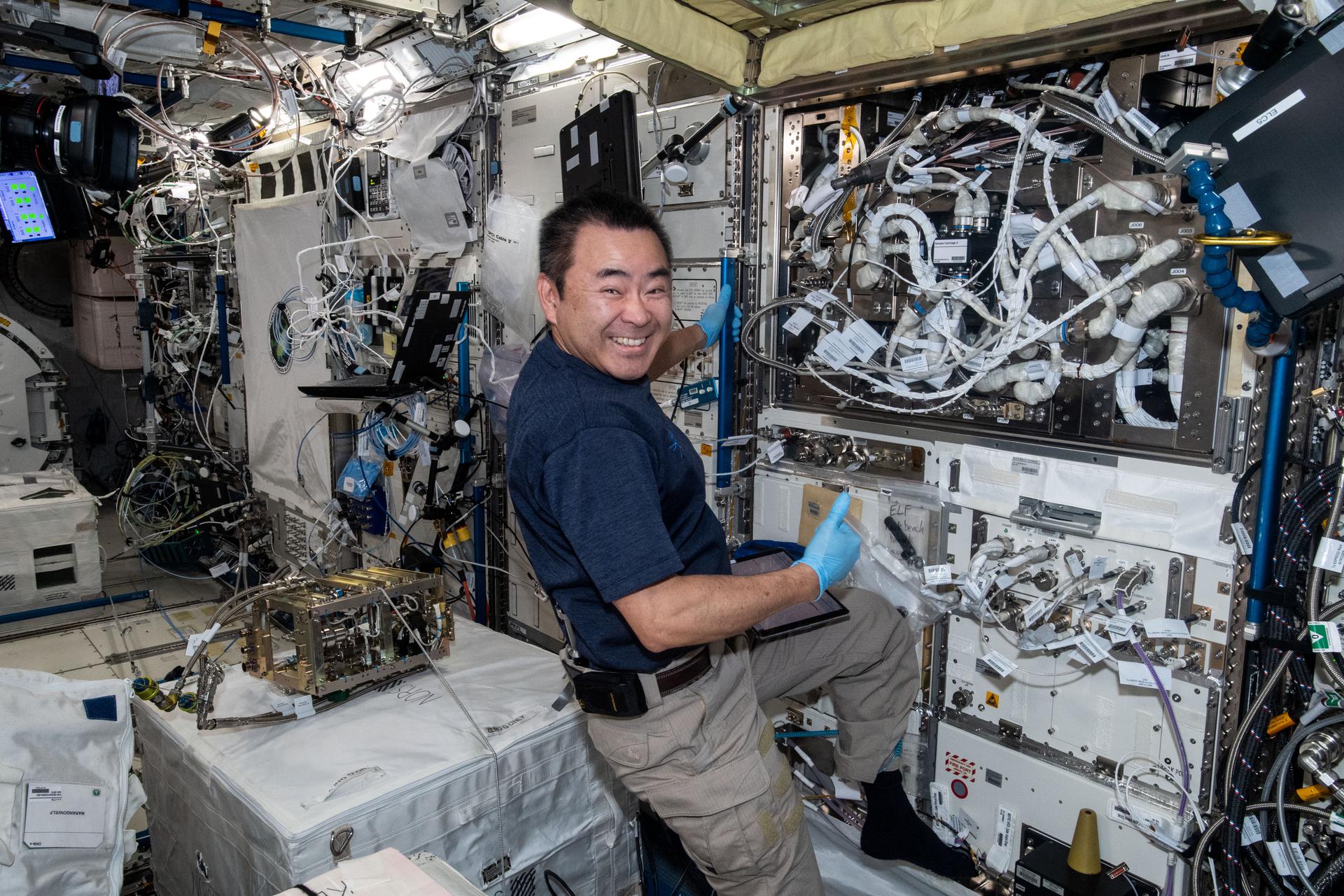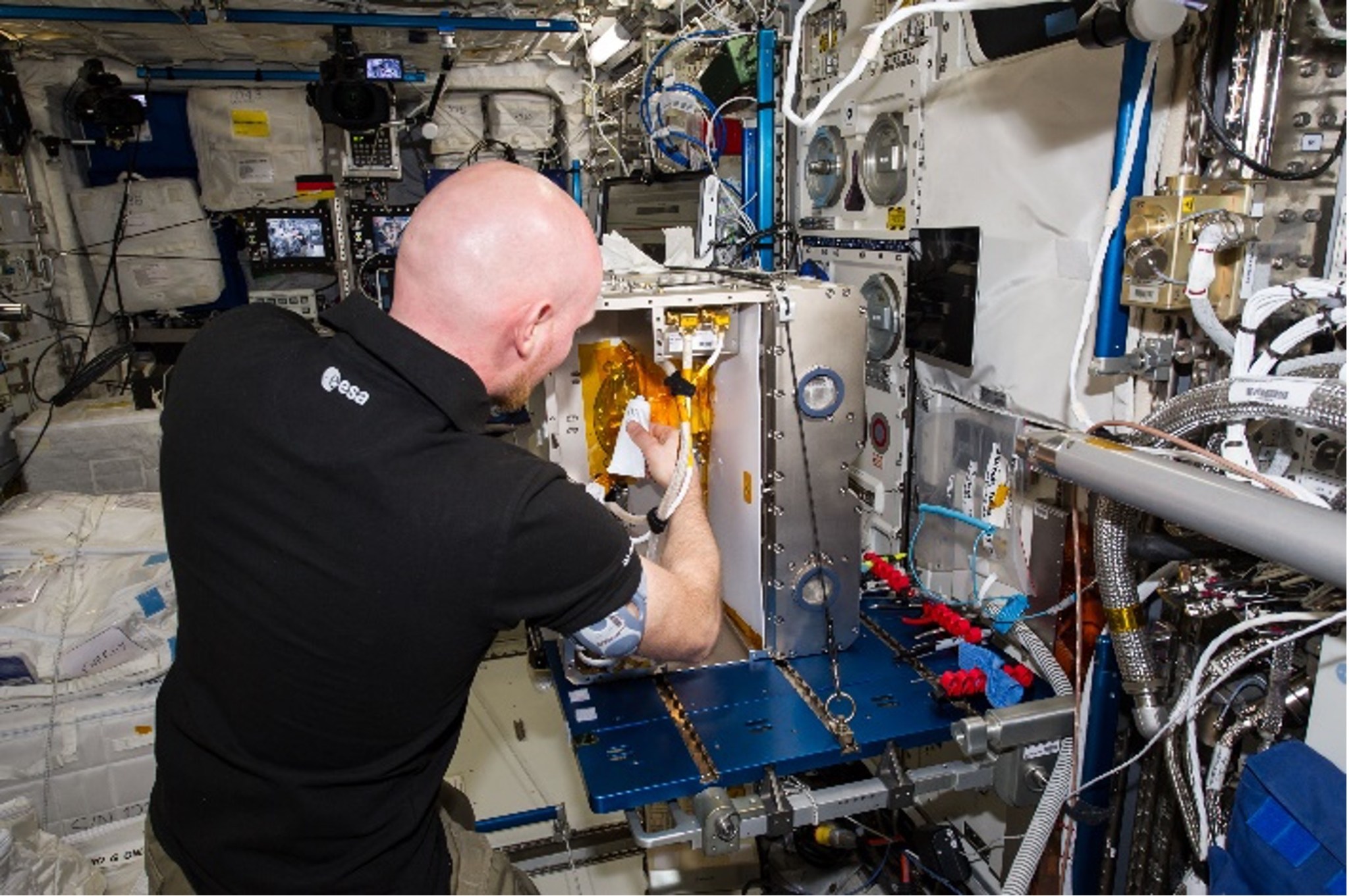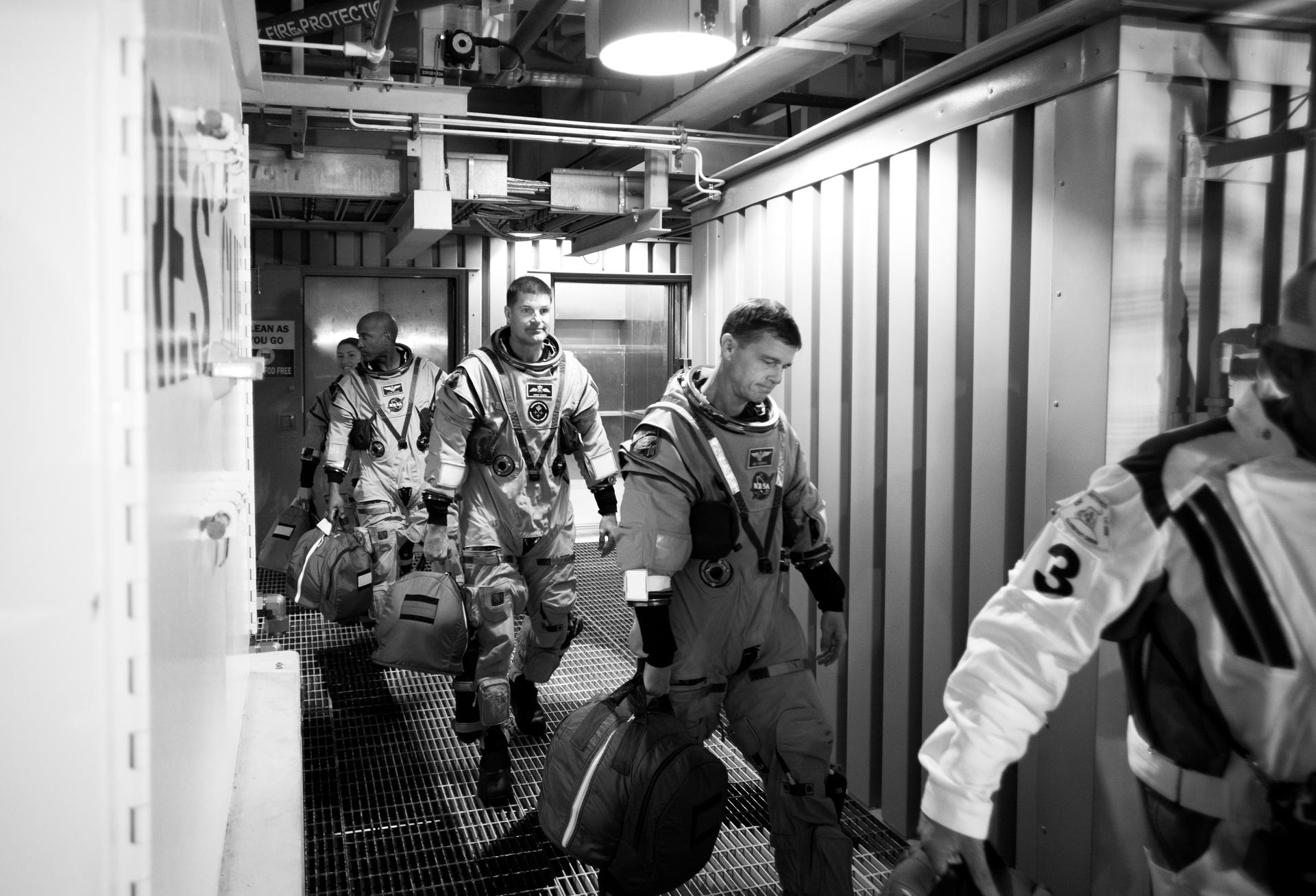New experiments aboard NASA’s Northrop Grumman 21st cargo resupply mission aim to pioneer scientific discoveries in microgravity on the International Space Station.
Northrop Grumman’s Cygnus spacecraft, filled with nearly 8,500 pounds of supplies, launched Aug. 4 atop a SpaceX Falcon 9 rocket from Space Launch Complex 40 at Cape Canaveral Space Force Station in Florida. Biological and physical investigations aboard the spacecraft included experiments studying the impacts of microgravity on plants (grass), how packed bed reactors could improve water purification both in space and on Earth, and observations on new rounds of samples that will allow scientists to learn more about the characteristics of different materials as they change phases on the tiniest scales.
Grass Growth & Bio-Regenerative Support
The cultivation of plants is crucial for developing bio-regenerative life support systems in space. However, growing them in microgravity affects photosynthesis, the process by which plants generate oxygen and convert carbon dioxide into food for astronauts. The C4 Photosynthesis in Space Advanced Plant Experiment-09 investigation will study how two grasses (Brachypodium distachyon and Setaria viridis), with different approaches to photosynthesis, respond to microgravity and high carbon dioxide levels during the spaceflight. The insights gained from this research will pave the way for more effective integration of plants on Earth and in future space habitats. This experiment was originally scheduled to be aboard NASA’s SpaceX 30th cargo resupply mission but was moved to the NG-21 launch.
Water Purification & Gravity
The Packed Bed Reactor Experiment – Water Recovery Series aboard NG-21 will be operated on the space station and will study the hydrodynamics (pressure drop, flow regimes, and flow instability) of two-phase flow (nitrogen gas-water mixture) in microgravity in various types of filters and openings. These samples are important for fluid systems used in life support and water purification and recovery processes. Outcomes of this research will be used to develop design tools and correlations for pressure drop prediction across the various prototypes used in lunar and Martian missions and beyond.
Removing Impurities in Melted Materials
The Electrostatic Levitation Furnace–4 experiment led by JAXA (Japan Aerospace Exploration Agency), one of NASA’s space station international partners, includes 20 new test samples. Its goal is to continue establishing guidelines for measuring different thermophysical properties of various samples at temperatures greater than 2,000 degrees Celsius.
Transforming raw materials from a liquid to solid form requires the use of a container, known as a crucible, which is used to both heat and hold the substance as it cools down and hardens. During this process, a chemical reaction occurs between the substance and the crucible, and impurities are released and absorbed in the plasma. The Electrostatic Levitation Furnace is the hardware that allows scientists to remove this contaminating part of the process by creating space between the liquid and container — levitating the sample while heated.
More Materials Science: Getting to the Core
The Electromagnetic Levitator, an ESA (European Space Agency) levitation facility, which is celebrating a decade aboard the International Space Station, enables scientists to conduct materials research on at least two elements, known as alloys, in a microgravity environment. By studying the core of the physics taking place, researchers can perform experiments to better understand the steps leading up to solidifying and changing phases. This knowledge could contribute to advancements in the manufacturing industry by providing scientists with more information to develop the latest and more reliable materials for activities like 3D printing.
Related Resources
NASA’s 21st Northrop Grumman Mission Launches Scientific Studies to Station
ESA - Electromagnetic Levitator turns ten
About BPS
NASA’s Biological and Physical Sciences Division pioneers scientific discovery and enables exploration by using space environments to conduct investigations not possible on Earth. Studying biological and physical phenomenon under extreme conditions allows researchers to advance the fundamental scientific knowledge required to go farther and stay longer in space, while also benefitting life on Earth.



























